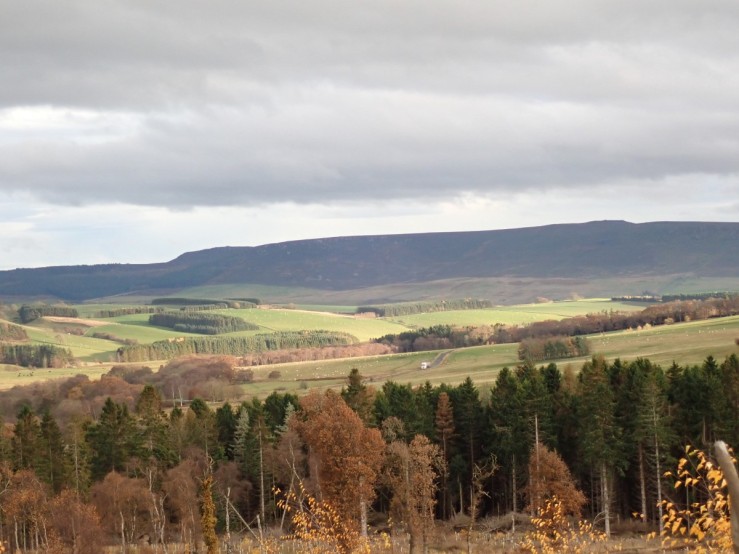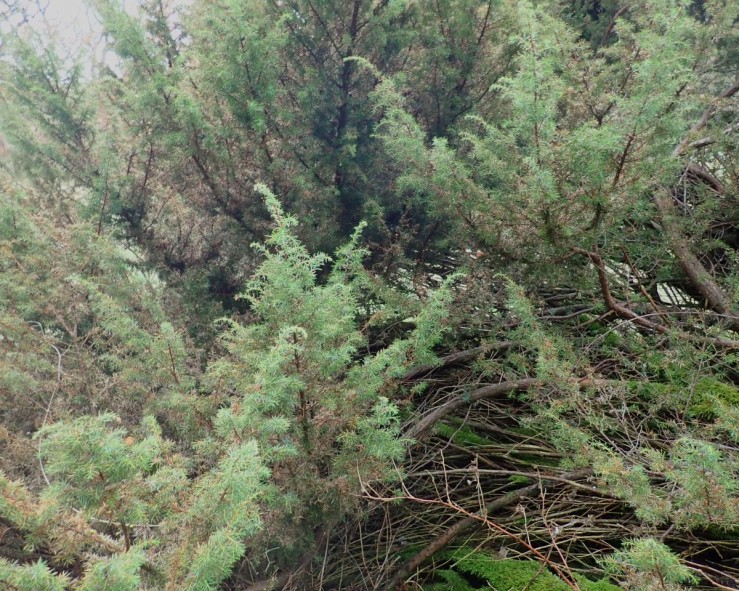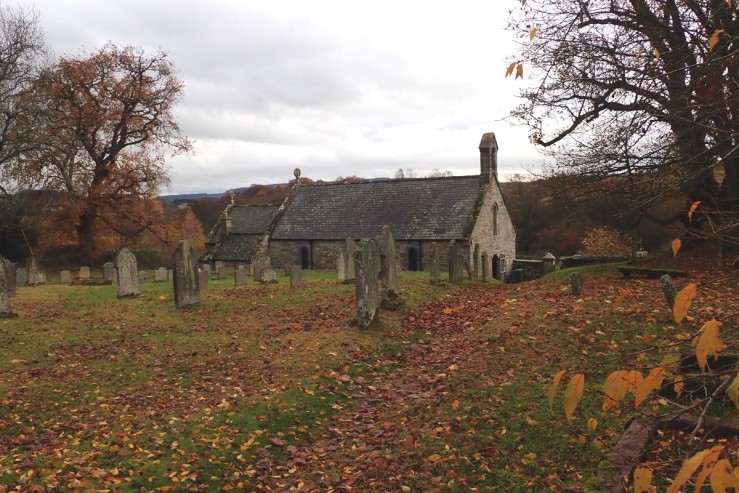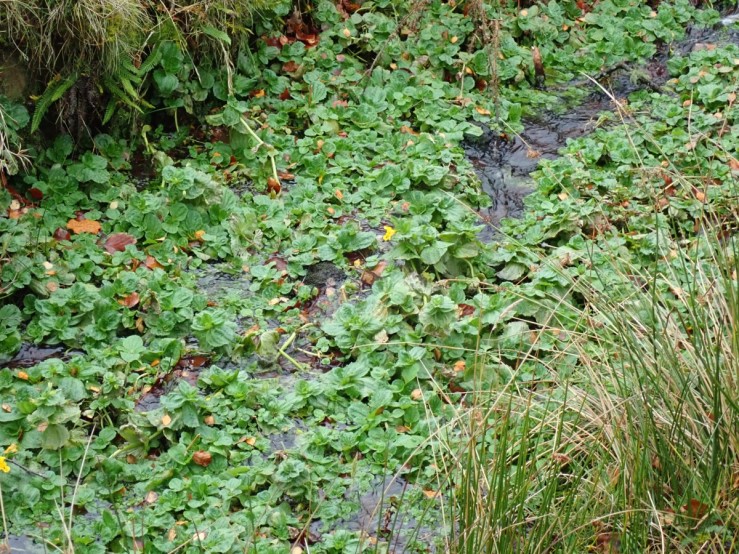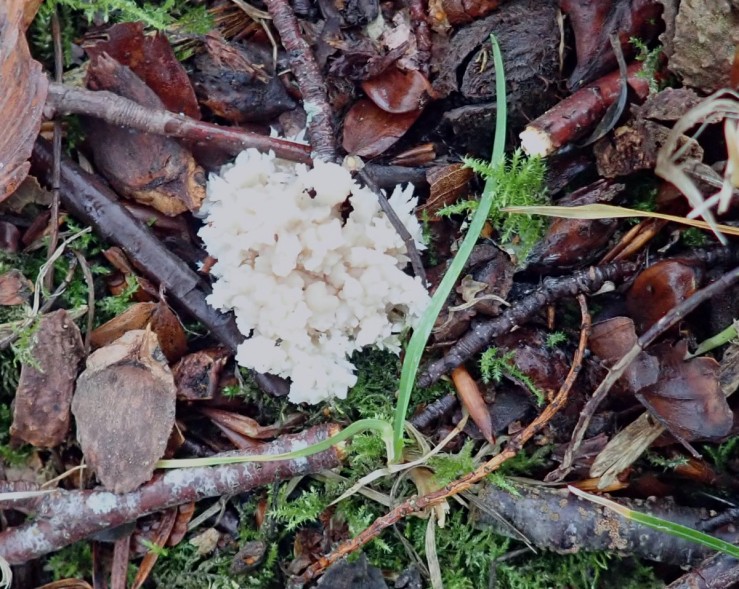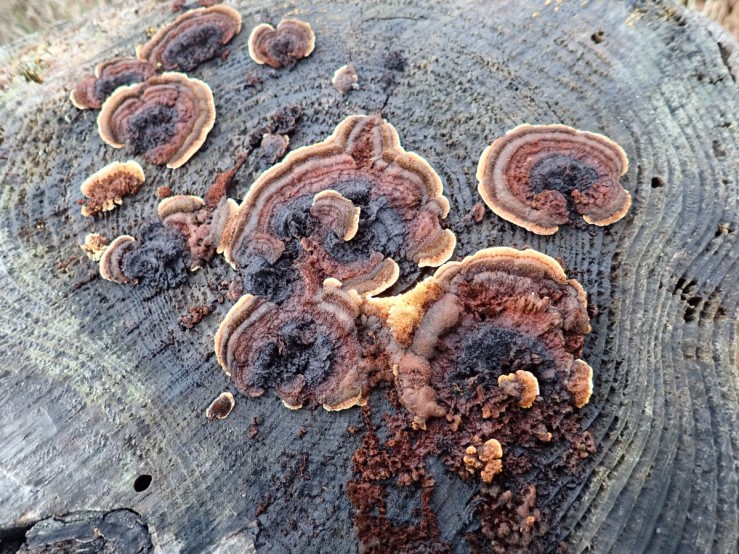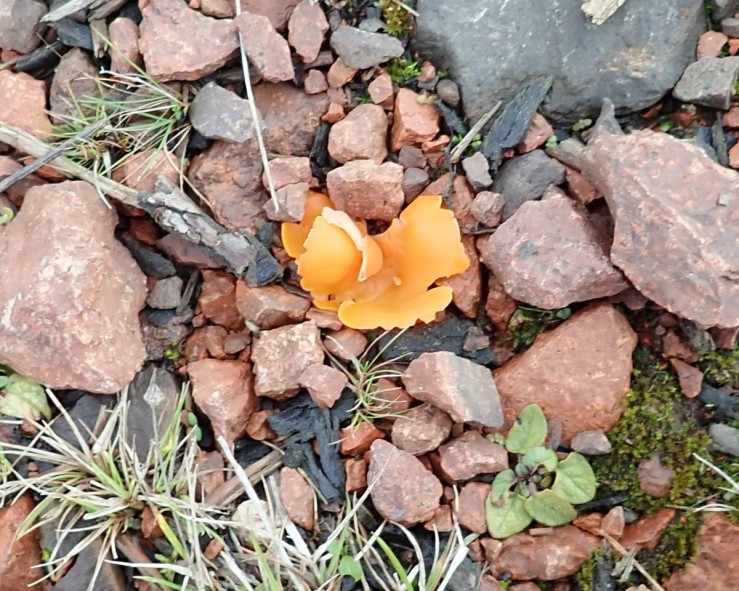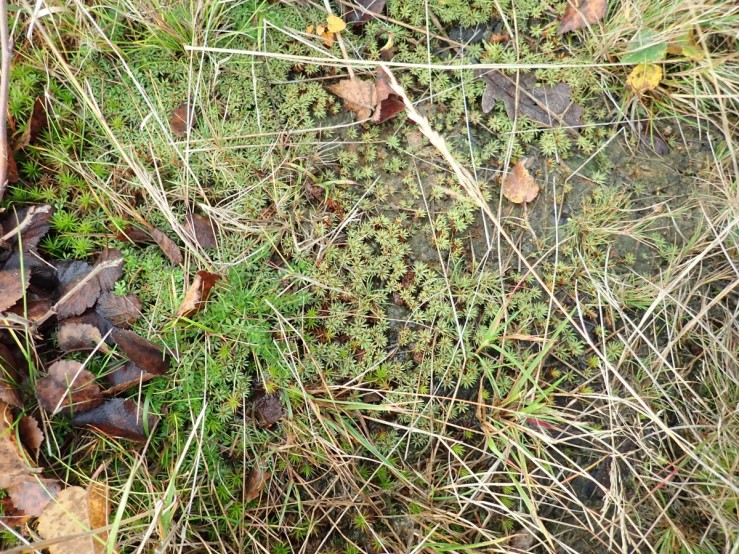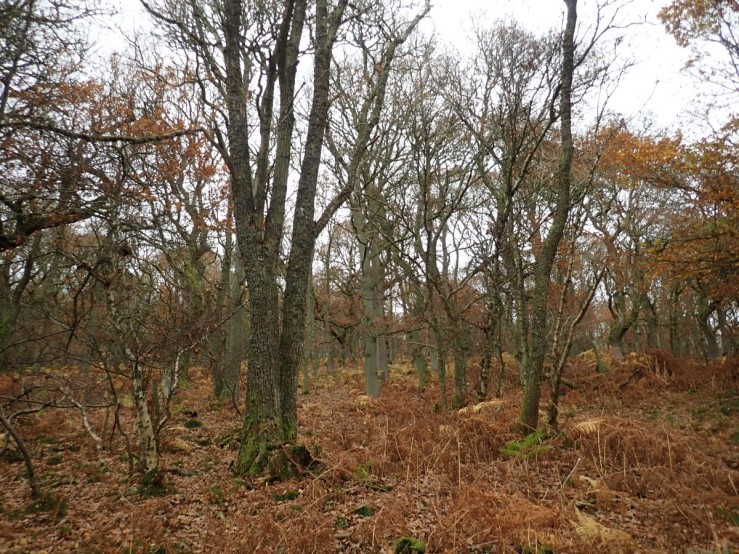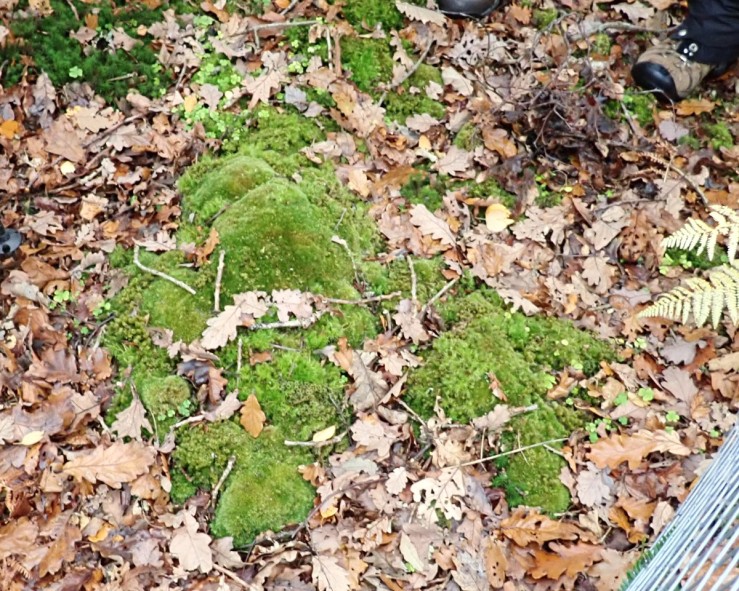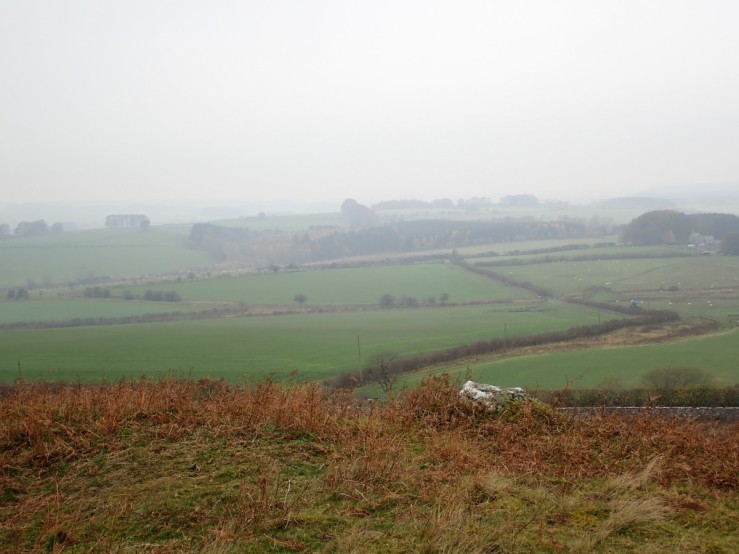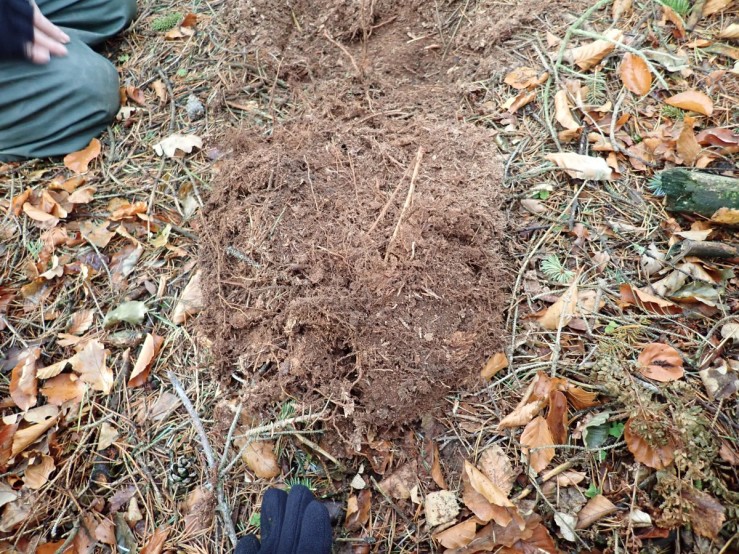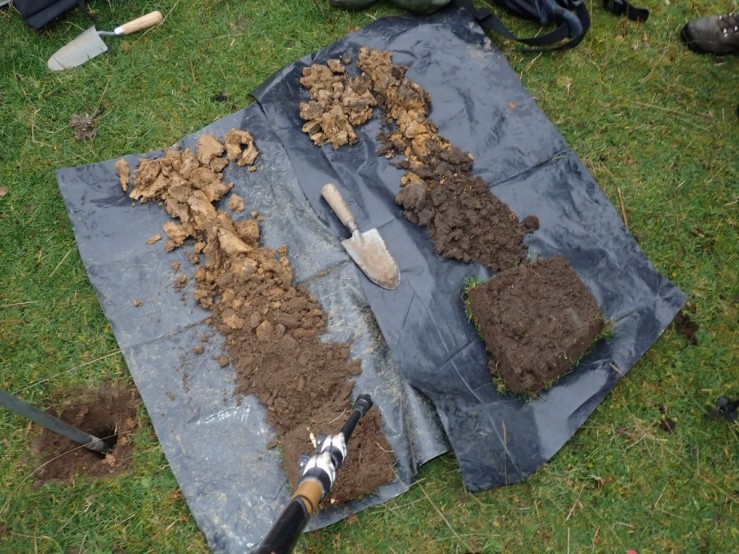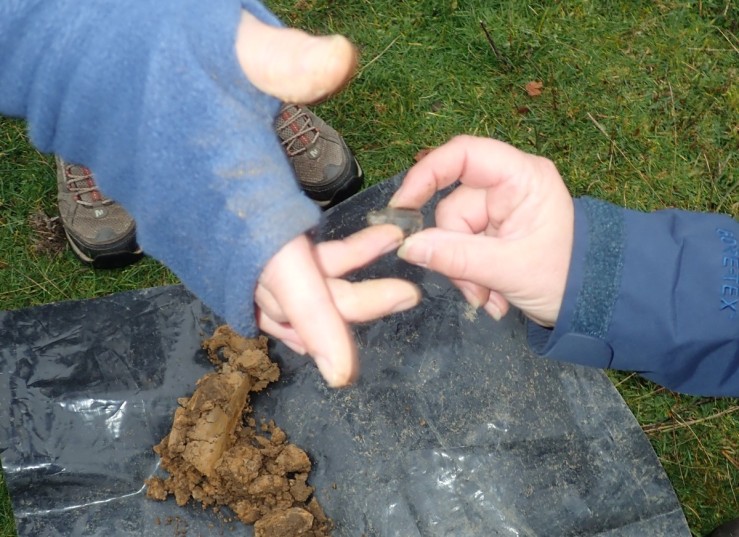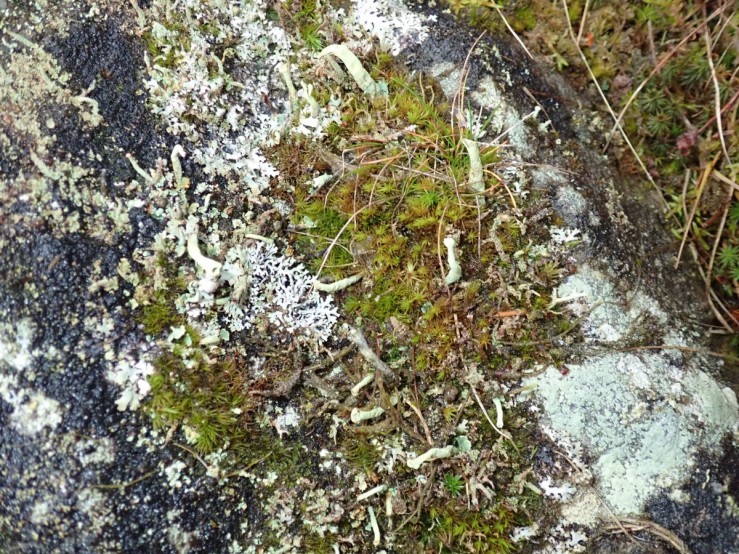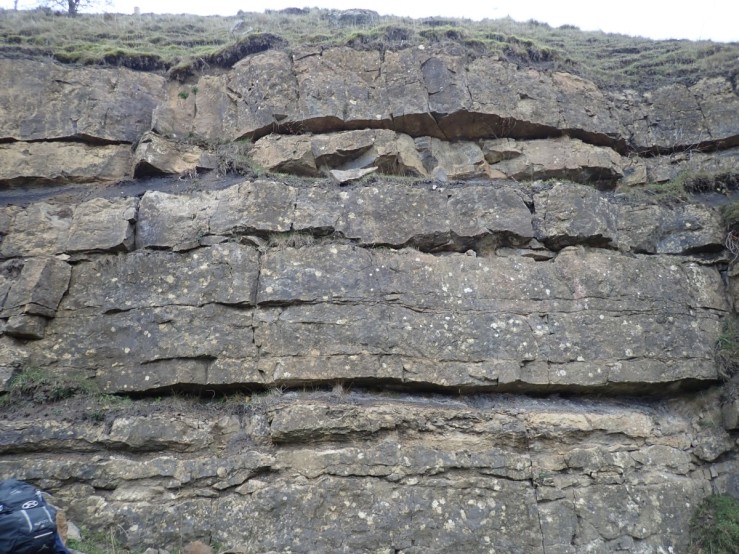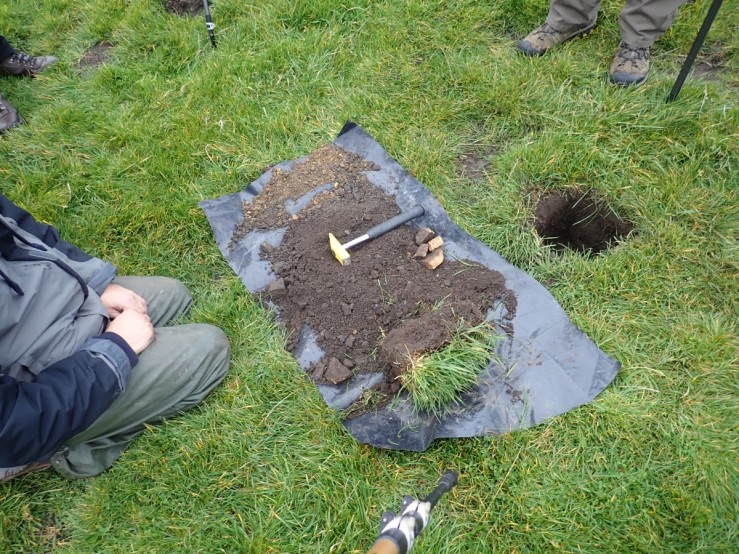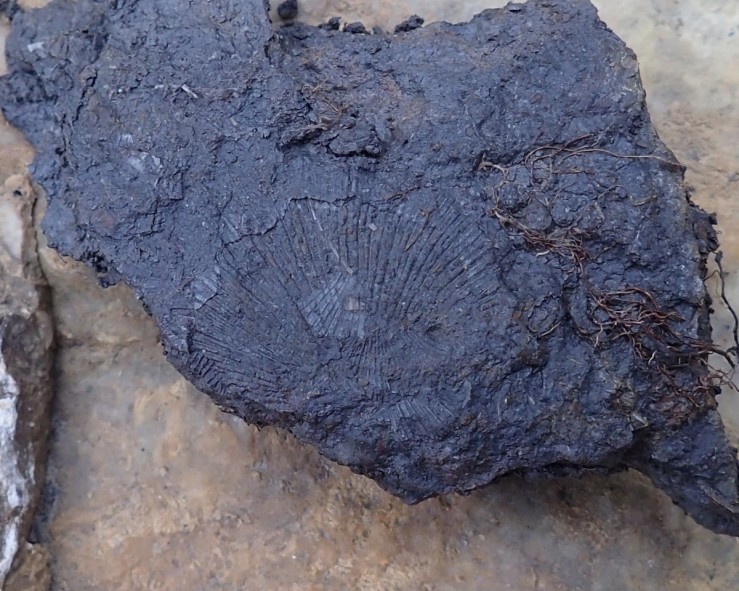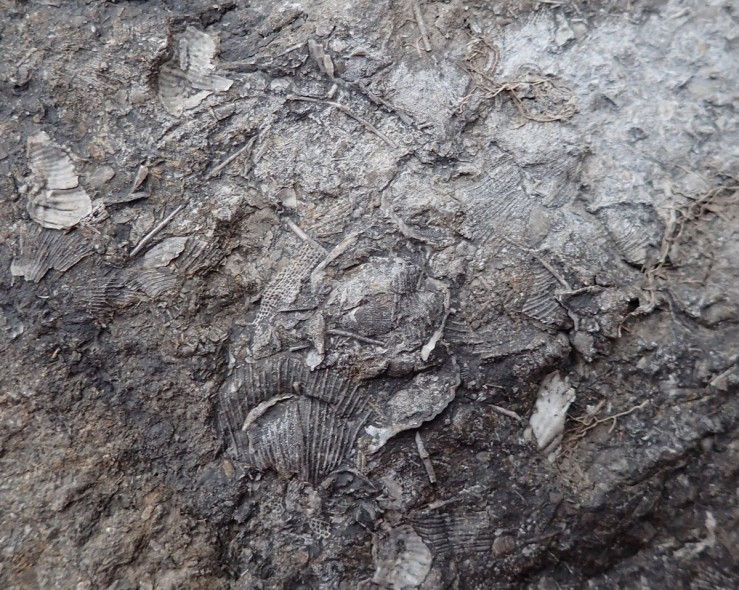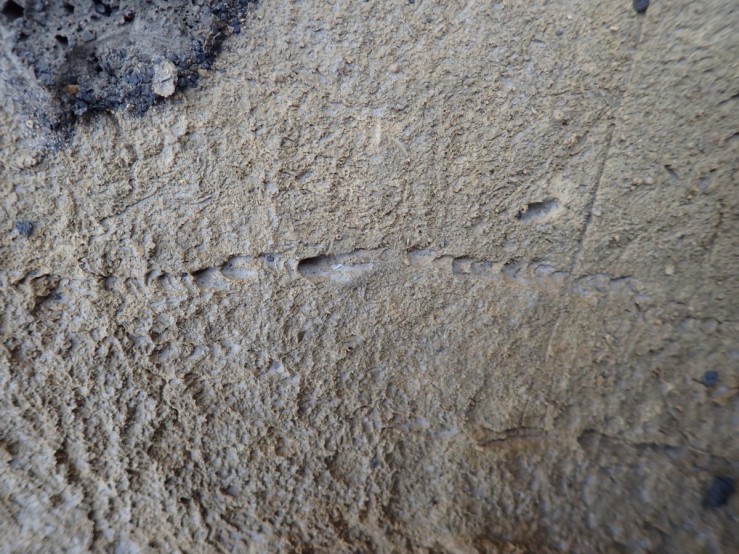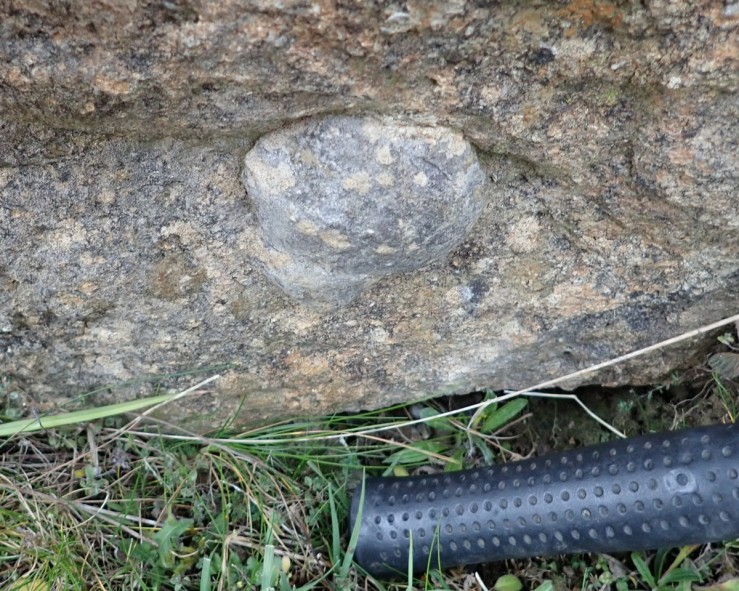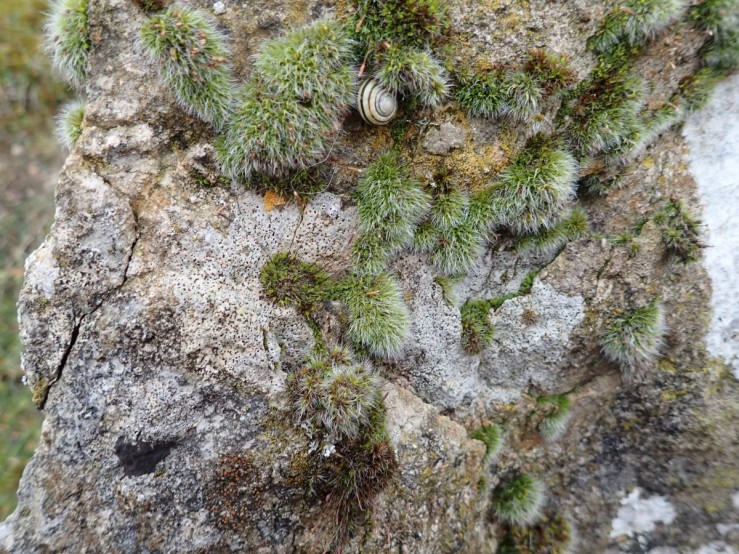
Teesdale is famous for its botanical interest. Although concentrating on Geology I noticed many interesting plants and managed to take a few snaps such as this Northern marsh orchid (Dactylorhiza purpurella) above. the orchid below looks like the scented orchid (Gymnadenia conopsea).

In the wet meadows Heath spotted orchid (datylorhiza maculata) was abundant and coming into flower, frillier than the Common spotted.

Mountain pansies (Viola lutea) are a feature here. These are the purple form, liked by the green veined white butterfly as a source of nectar in the picture below.

Mountain pansy comes in various colour forms such as this yellow variation.

Unknown to me: this flower is Alpine bistort (Polygonum viviparum), another of the specialities.

Also unknown to me, this horsetail looked different, Shade horsetail (Equisetum pratense) seemed abundant.

Another Horsetail for comparison, with branched fronds, the wood horsetail (Equisetum sylvaticum) below.

There are Varigated horsetails here too. I missed them, but not the Globeflower (Trollius europaeus) in a drift with Creeping willow, Pignut, Water avens and more Shade horsetail.

Wood cranesbill (Geranium sylvaticum) was widespread here growing with Great burnet.

Bitter vetch (Lathyrus linifolium) growing on the Whin sill rocks at Low Force.

In a pool on the same rocks, a sedge that looks like Star sedge (Carex echinata), another sedge,

probably common sedge (Carex nigra) or Pale sedge pictured below

On a Whin outcrop a Hawkweed of some sort, Northern Hawkweed (Hieracium vagum)?

Pictured below another speciality, Common Butterwort (Pinguicula vulgaris) growing in a wet flush not far from the struggling Juniper forest. Common Butterwort is an insectivorous plant. Its bright yellow-green leaves excrete a sticky fluid that attracts unsuspecting insects; once trapped, the leaves slowly curl around their prey and digest it.

The fern growing at the top of high force is Lemon scented fern (Oreopteris limbosperma). I was puzzled by these Male fern lookalikes but their pale lime green colour and faint scent led me to think Lemon scented.

Some other plants noted: Good king Henry Chenopodium bonus-henricus), Stone bramble, Rock whitebeam (Sorbus rupicola), Globe thistle (Cirsium heterophyllum) almost in flower, Lesser pond sedge, Glaucus sedge, Bog asphodel, Smooth ladies mantle.

















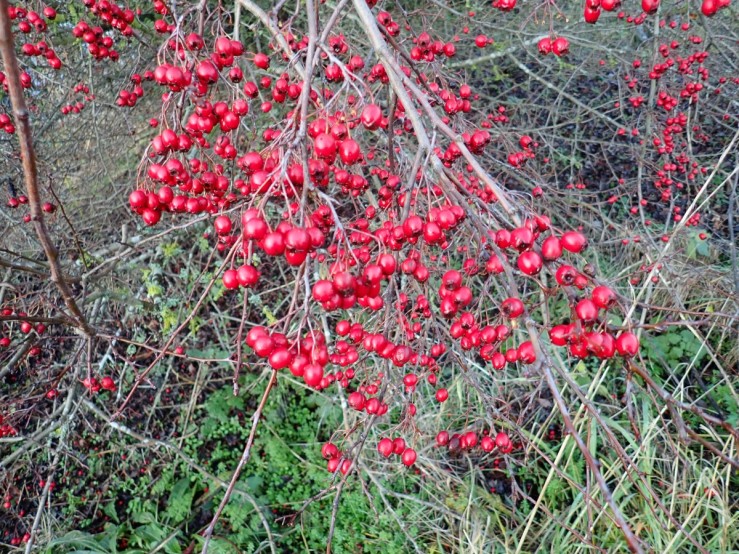
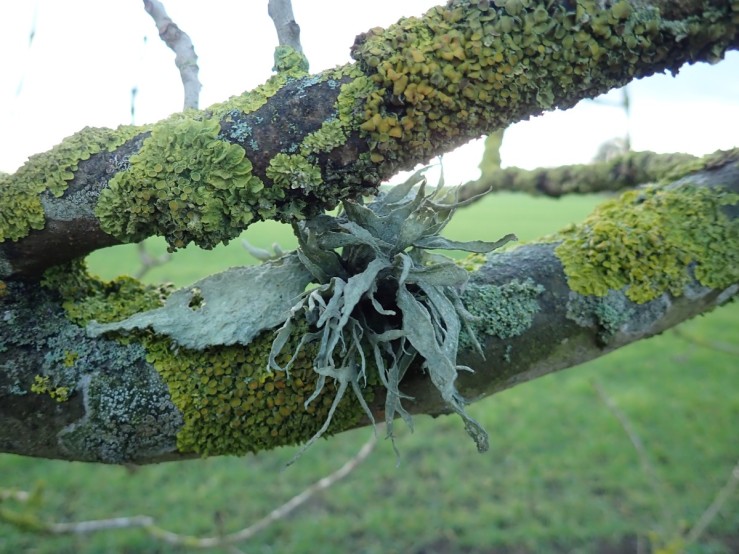
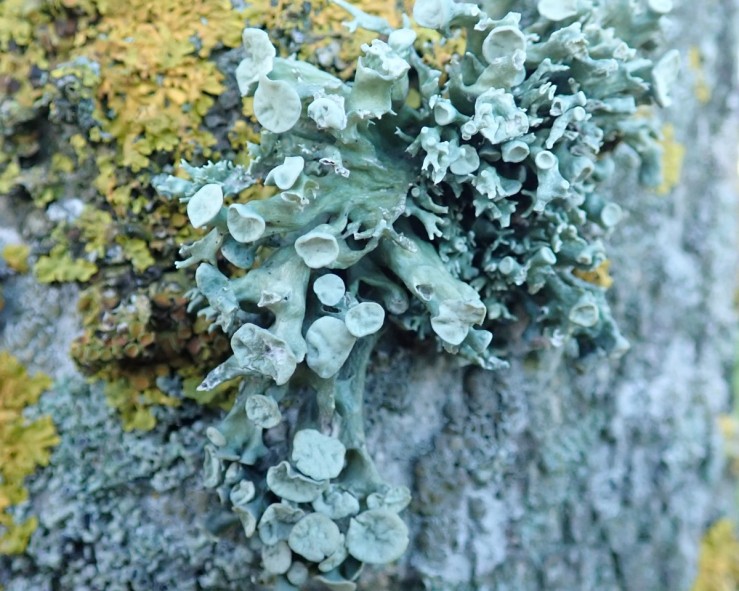
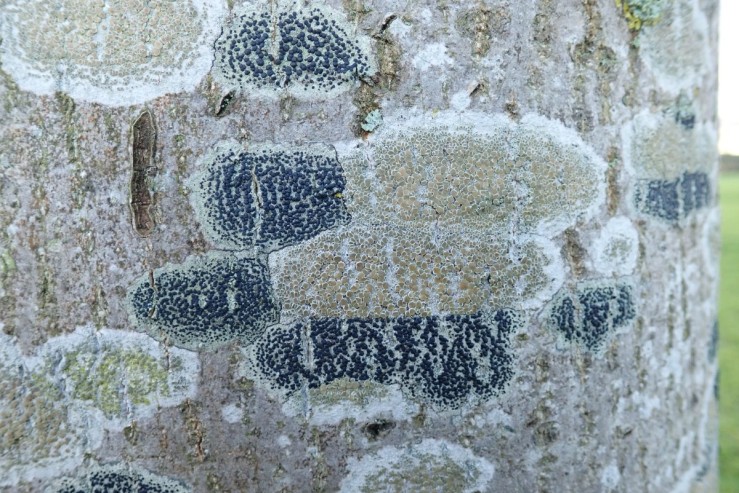
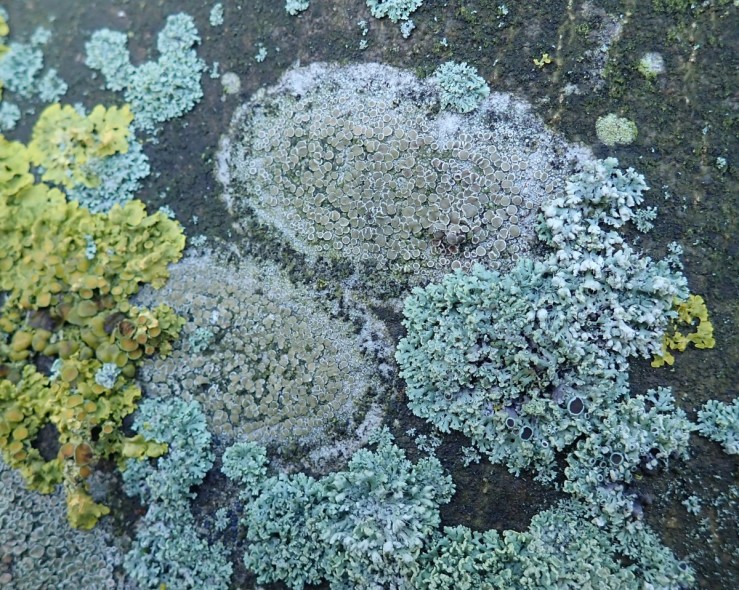
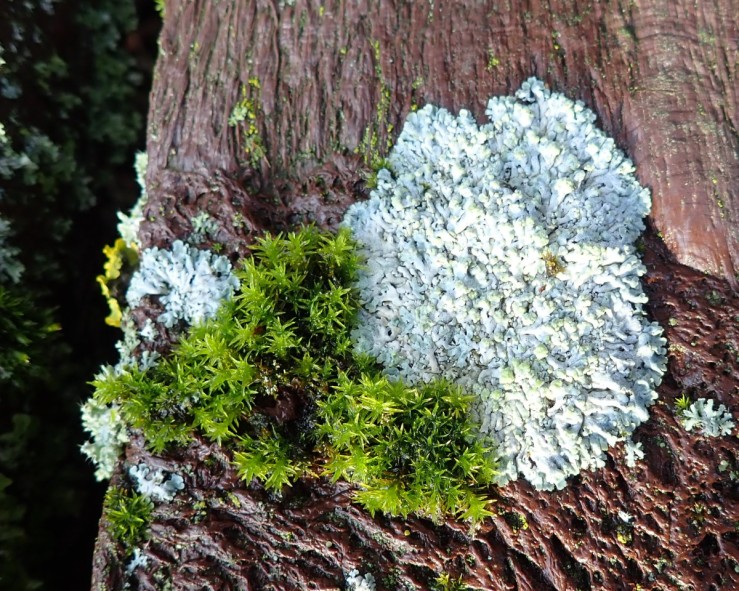
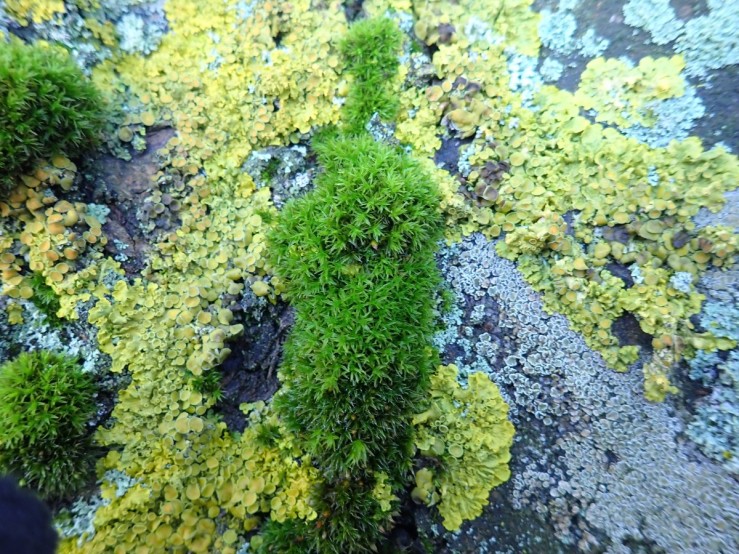
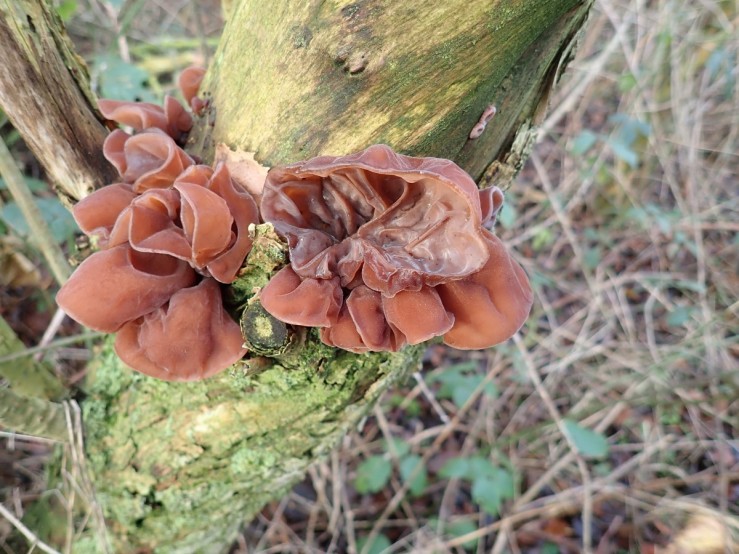
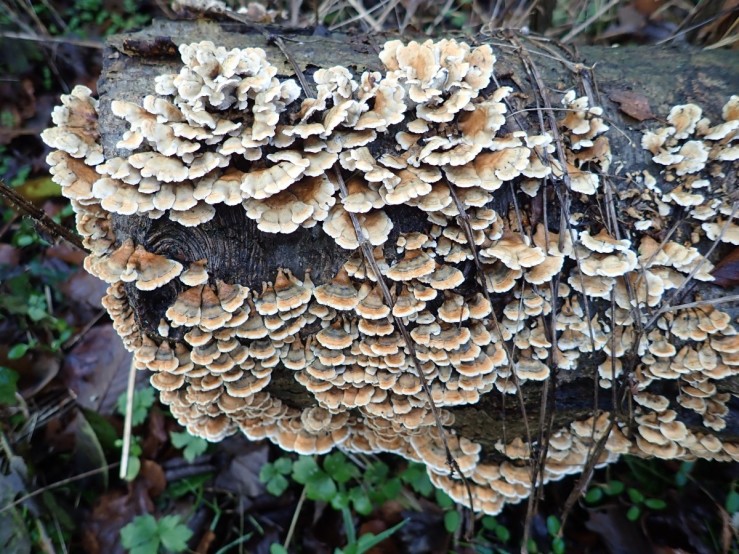
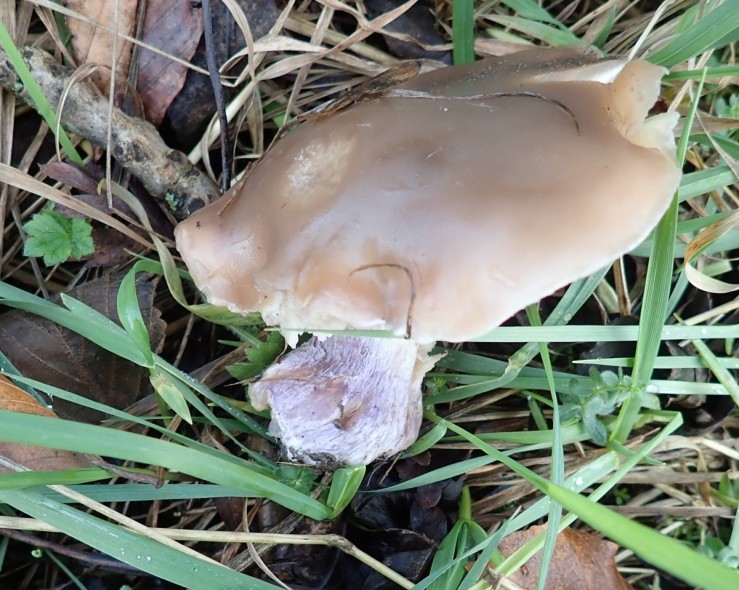


















 Mycoblastus sanguineus is a crustose lichen found on hard sandstone rocks. Could this be a specimen?
Mycoblastus sanguineus is a crustose lichen found on hard sandstone rocks. Could this be a specimen?





